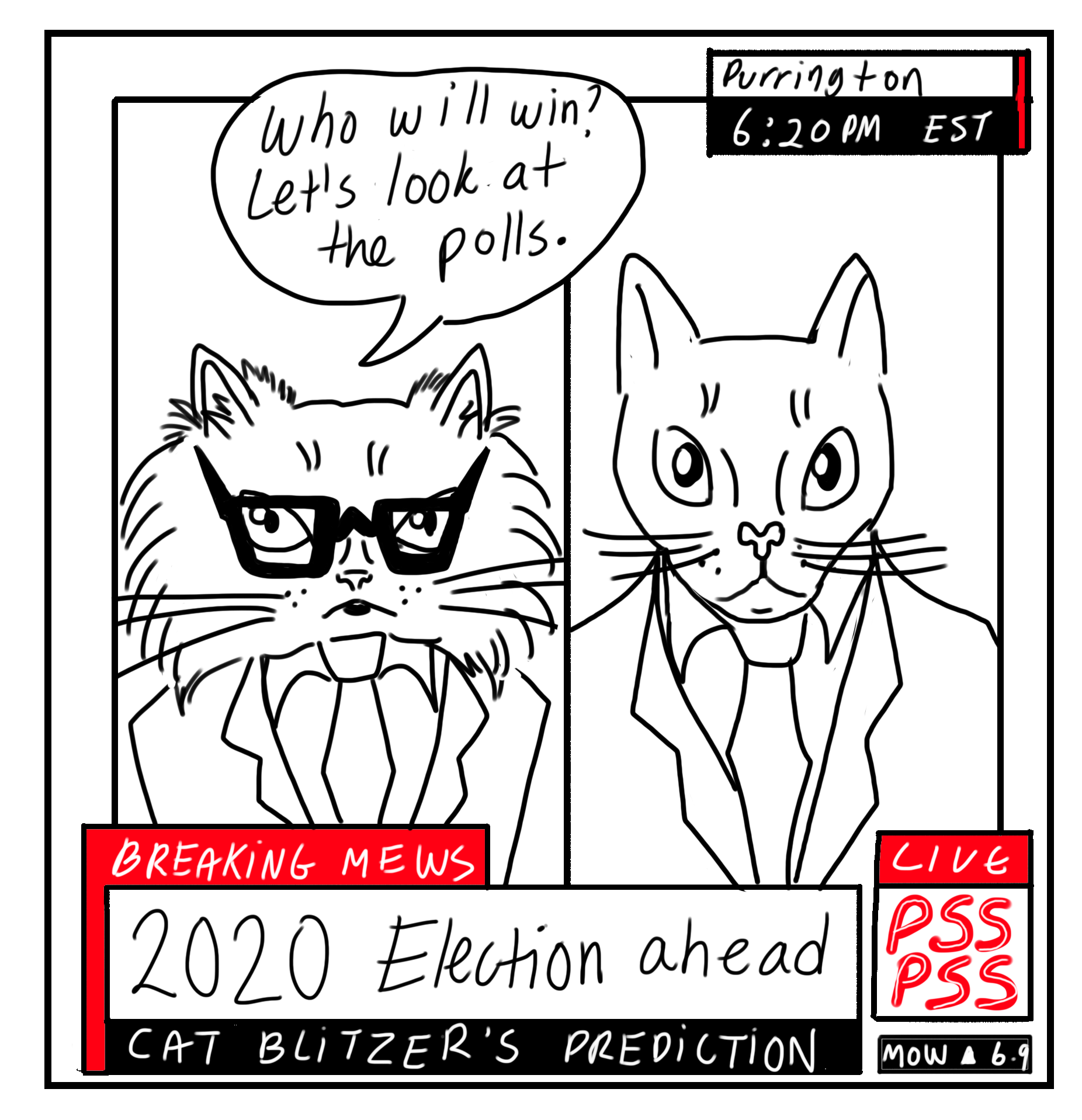By Bex Peterson, Editor-in-Chief
If you really want to get on a journalist’s nerves, bring up “Fake News.”
It happens a lot when I mention that I work for a student newspaper. Perfect strangers seem happy to pass comment on what I do with some cozy accusations regarding journalistic integrity—which is honestly a generous description of the typical reaction. Usually I just get some variation on “Oh, are you… fake news?”
When I challenge people on this—because I do—and the idea that all news outlets are liars in the pocket of some big corporation or another (which is also something I hear a lot), I’m told that there’s “just no telling” which publications are legitimate, and which are propagating misinformation. That’s a frustration I can understand. In the age of the internet, everyone gets a platform to share their side of things. A blessing and a curse, especially if you don’t have the tools for differentiating fact from opinion.
This is by no means a complete guide, but here are some questions you can ask yourself next time you read through an article to help judge its legitimacy for yourself:
What is the source? It’s incredibly important these days to look at a piece in the context of who created it. Is the journalist credible? Is the publication credible? These are questions you can answer with a quick Google search. Wikipedia will often list whether or not a publication has been accused of lax fact-checking or gross bias. If a publication is very small and seems to be the only one reporting on a story with few outside sources, it’s at least worth taking with a grain of salt—especially if the publication has a clear political bias.
Who else is repeating the story? In breaking news coverage, you can sometimes wind up with a situation where many publications are reporting on the same story but all referencing the same single source. Ideally for a story or fact to be considered credible you want at least two sources listed. Big centre-line broadcasting and 24/7 news services are good to check against if you’re only seeing a news piece in one place—and no, not every broadcasting corporation is in the pocket of the deep state (and if an article you’re reading mentions a “deep state,” that should honestly send up some red flags).
Is there a bias or agenda behind reporting a specific story? Ask yourself if what is being reported is actually newsworthy, or if it’s trying to feed into a larger narrative. The Washington Examiner, a hardline conservative publication, ran a story about a single anonymous rancher claiming he found “prayer rugs” on his property close to the southern US border, alleging that large groups of Muslim migrants had been coming through. What might an article like that be trying to suggest? What biases might it be attempting to confirm in its readers? If you really strip it down, a single man making an erroneous unsubstantiated claim like that shouldn’t be news in and of itself.
This kind of “reporting” can be seen in many places; while I’m loath to make a typical “all sides” argument, this is not a hardline conservative problem, but a reporting standards issue. Instead of writing off all publications as “fake news,” a few seconds of research and critical thinking can often point you towards a true or false conclusion—or at least give you some idea of what you’re dealing with.
Until next issue,
Bex Peterson



